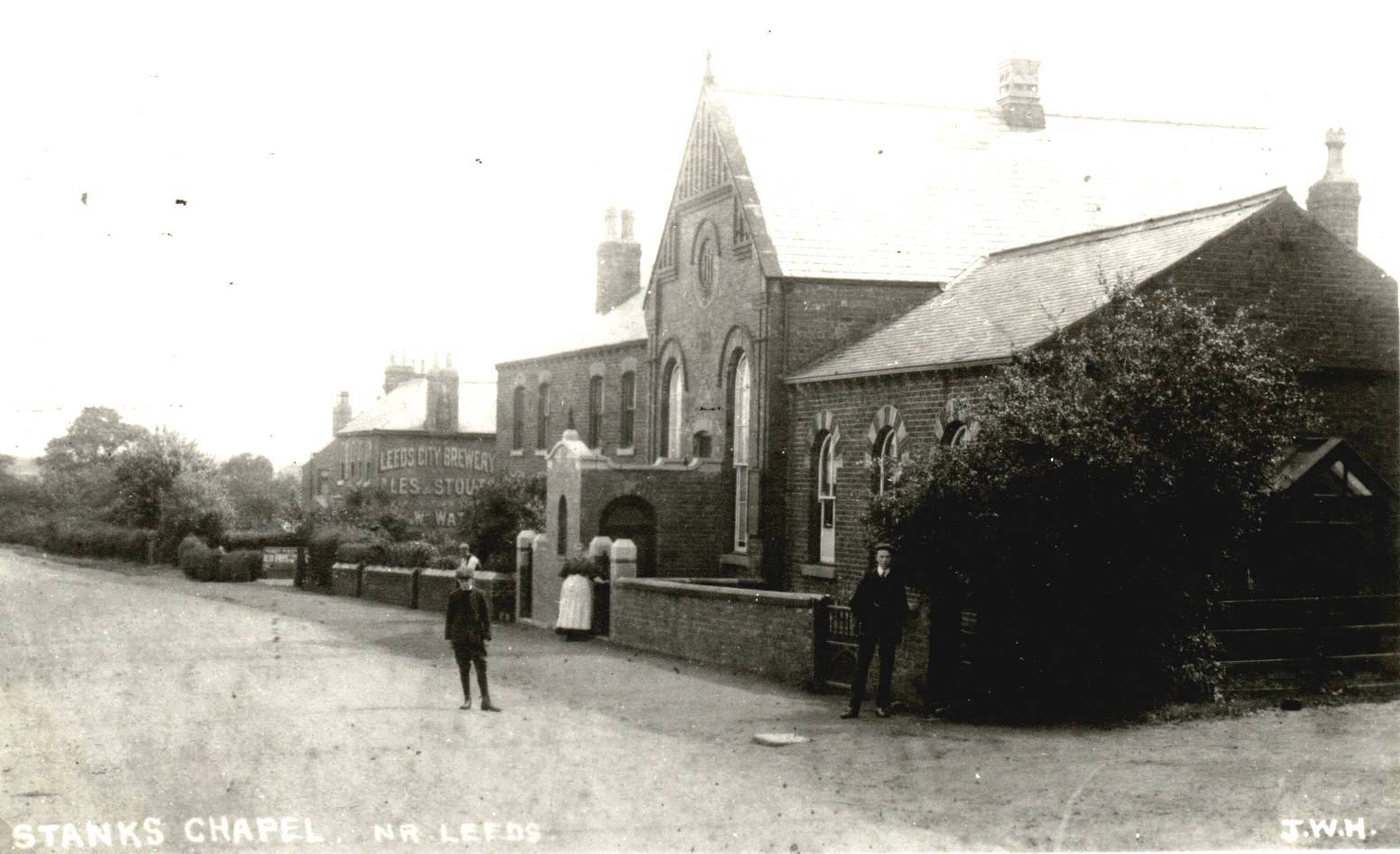

| “a certain building or dwelling house occupied by Daniel Wilby situated at Stanks, near Seacroft, is intended to be used and will accordingly be forthwith used as a Place of Meeting for Religious Worship by a Congregation or Assembly of persons calling themselves Primitive Methodists”. |
| George Backhouse Marshall of Cross Gates, builder, Peter Lumb of Stanks, farmer William Siberry of Seacroft, tailor. Joseph Atkinson of Seacroft, pointsman. George Stephens of Seacroft, coal miner Charles Curtis of Seacroft, brickmaker John Hutchinson of Seacroft, grocer Robert Thompson of Stanks, banksman William Pullan of Barwick in Elmet, farmer John Thorp of Leeds, coal miner Thomas Brooks of Leeds, brush maker William Fawcett of Leeds, ironfounder Amos Field of Leeds, joiner James Paul of Leeds, upholsterer Peter Haigh of Leeds, mechanic John Simpson of Leeds, shepherd William Jackson of Leeds, Superintendent Minister |
| George Backhouse Marshall, Cross Gates, builder William Siberry, Seacroft, tailor Thomas Brook, Leeds, brush maker John Simpson, Leeds, shepherd Barnett Risefield, Leeds, dealer William Pickles, Stanks, ‘out of business’ Isaac Adams, Stanks, joiner William Curtis, Stanks, miner Eli Hall , Manston, miner Samuel Hall , Leeds, currier James Scarf, Stanks, miner Daniel Wilby, Whinmoor, brick maker John Broadbent , Stanks John Blades, Stanks, farmer Benjamin Muscroft, Cross Gates, gardener |
ARTHUR BANTOFT |